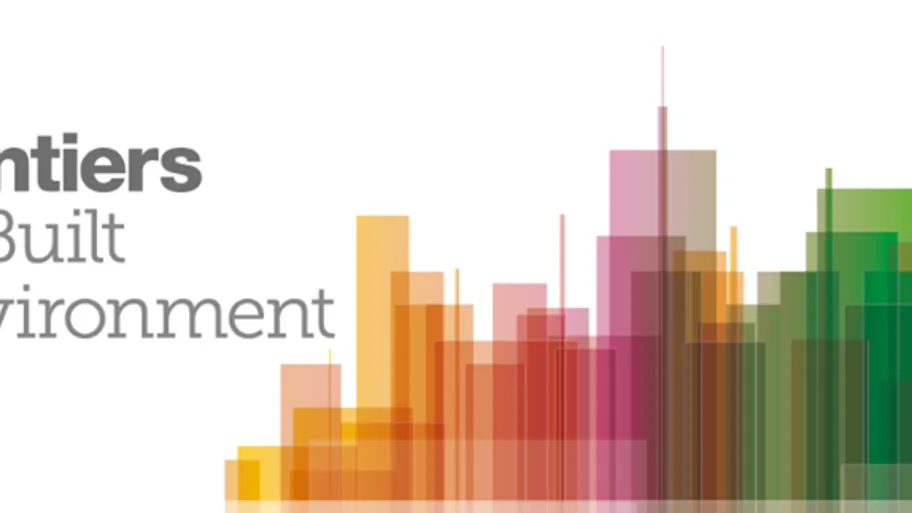
- Science news
- Frontiers news
- New section launch: Computational Methods in Structural Engineering within Frontiers in Built Environment
New section launch: Computational Methods in Structural Engineering within Frontiers in Built Environment

We are pleased to announce the launch of our new specialty section on Computational Methods in Structural Engineering within Frontiers in Built Environment. The section is led by two Specialty Chief Editors, Associate Professors George Tsiatas and Vagelis Plevris of the University of Patras and Oslo Metropolitan University, respectively.
“Our ambition is to establish computational methods as an essential and salient tool for the accurate analysis of any complex structural system in engineering.”

Associate Professor George Tsiatas
As Specialty Chief Editors, Plevris and Tsiatas aim to bridge the fields of structural engineering and computational methods within this new section and establish computational methods as the go-to methodology for analysis of complex structural systems. Computer simulations now play an increasing role in science and engineering methodology — as Plevris states, “We strongly believe that such approaches and methods are the future.”
By creating a pool of shared knowledge, they believe that an open access platform will contribute immeasurably to the field, leading to “more effective structures, a sustainable built environment and a better future for our societies in general.”
“There are numerous upcoming technologies that we cannot anticipate to utilize, develop, and understand without the use of computer simulations.”

Associate Professor Vagelis Plevris
As our structural engineering needs and aspirations grow in the modern day, new innovative methods must be developed to provide accurate numerical solutions. Plevris and Tsiatas are certain that an open access platform will help to progress the field and lend greater impact to research.
“Six decades after the invention of the digital computer, advanced numerical simulations are used to enhance and leapfrog theoretical and experimental progress, providing also a powerful alternative when natural phenomena are not observable or when measurements are dangerous, impractical, or simply too expensive.”
We look forward to collaborating with Associate Professors Plevris and Tsiatas for this exciting new section. You can participate by submitting a manuscript, organizing a Research Topic or following us on Twitter @FrontBuiltEnv.






